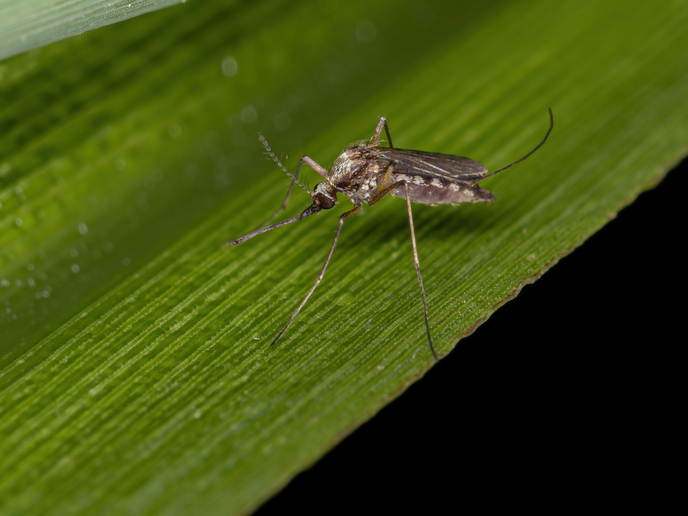Ryegrass single nucleotide polymorphism detection
Different methods were evaluated for the detection of Single nucleotide polymorphisms (SNPs) as part of an SNP marker based breeding strategy for grasses. The criteria assessed included throughput capacity, robustness/reproducibility, information content and cost efficiency. Overall, scientists from the GRASP project evaluated nine different techniques for detecting and identifying trait-specific SNPs. Furthermore, three of the partners from the consortium considered the Sequenom MassARRAY system the most suitable. The system used Matrix assisted laser desorption ionisation - time of flight (MALDI-TOF) mass spectrometry, which provided completely automated genotyping. The technique was a powerful, flexible, high-throughput technology capable of accurately identifying genetic variations. It was also simple to use and cost-effective. The genotypes were separated according to mass and all assays were computer designed. This enabled several independent SNP sites to be analysed in a single typing assay and made the use of fluorescent labelling unnecessary. Researchers used two different methods to carry out allele sequencing and detection of haplotypes and SNPs in 20 genotypes of perennial ryegrass. The first method involved the cloning and sequencing of at least five Polymerase chain reaction (PCR) fragments for each genotype and candidate gene combination. The second method employed direct haplotype-specific sequencing, which obtained DNA sequences from both alleles.







